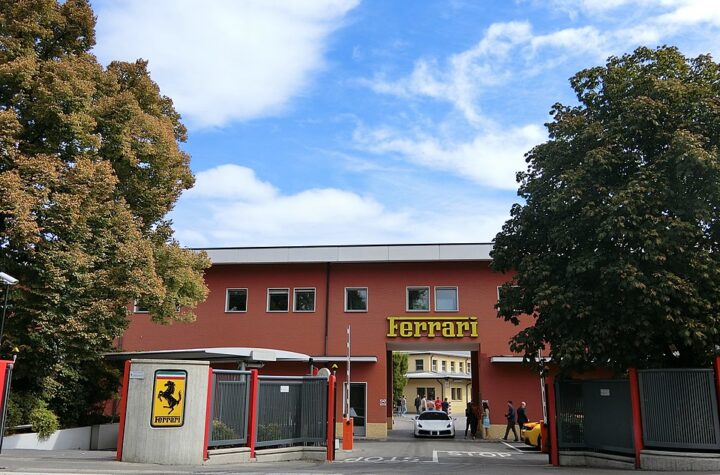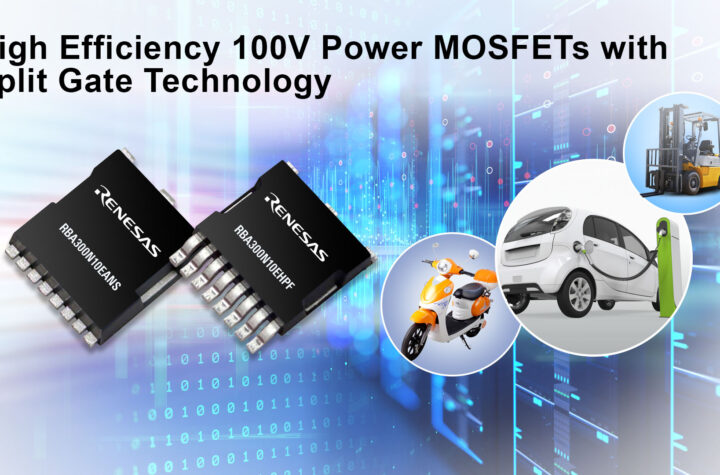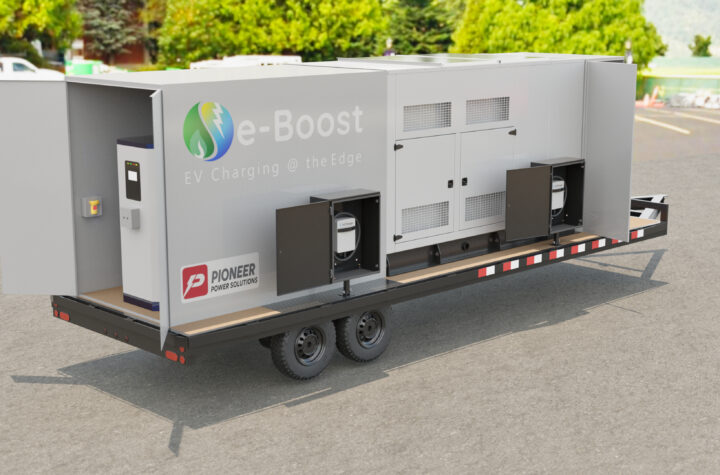
In-vehicle use of the MOST standard is reaching critical mass, with over 100 models on the road fitted with MOST technology. The newest standard, MOST150, meets the requirements not only for the traditional areas of entertainment and information, but also for the new domains of mobile connectivity, connected services and driver assistance – meeting the needs of the five major areas of in-car use.
“Today, MOST150 offers the technology and the audio/video capability for next generation automotive infotainment features and devices as well as new features like Internet access devices, video processing units, and many more. The MOST150 Technology is ready for production and various car makers have already started implementing MOST Technology in their first series projects, including Audi and Daimler,” said Christian Thiel, spokesperson for the MOST Cooperation in an earlier interview to AI.
The MOST Cooperation was founded in 1998 to standardize MOST Technology as a global standard for multimedia networking and now consists of 16 international vehicle manufacturers and more than 60 key component suppliers. Audi, BMW, Daimler, HARMAN and SMSC are its core partners and constitute its steering committee. It’s success also rides on its associate partners such as GM, the Hyundai Kia Automotive Group, the Toyota Motor Corporation, the PSA Group, the Ford Motor Company and Alpine.
Automotive Industries (AI) caught asked Thiel what the goals of November conference in Korea were.
Thiel: MOST Cooperation’s Interconnectivity Conference Asia in South Korea was designed to demonstrate to the Asian automotive industry that MOST Technology is ready for extended multimedia and information applications in the vehicle. MOST150 now serves the five major fields of in-car use by meeting the requirements for the traditional areas of entertainment and information as well as the emerging domains of mobile connectivity, connected services and driver assistance. In the accompanying exhibition, MOST showed that it supports star, daisy-chain, tree and other topologies, as well as different physical layers: plastic optical fibers (POF), COAX based electrical physical layer as well as shielded (STP) and unshielded twisted pair (UTP) of copper wires. MOST150 also represents a physical layer for Ethernet with its new Ethernet channel that runs parallel with all other communication channels provided by MOST. The Ethernet channel transmits unmodified Ethernet frames so that software stacks and applications from the consumer and IT domains can be seamlessly integrated into automobiles. TCP/IP stacks and other Ethernet protocols can communicate over MOST without any changes.
AI: To what extent are MOST standards globally accepted?
Thiel: With the acceptance of MOST Technology reaching 100 car models on the road today, MOST has become a worldwide de facto standard of the automotive industry. After its initial start in Europe nine years ago, Asian carmakers presented their first vehicles with MOST in 2007 and today there are over 20 models manufactured by Asian automakers with MOST built in.
Since MOST Technology is designed to be environmentally sustainable with reduced weight and electromagnetic interference, it has been adopted in more than ten hybrid vehicles to date. The plastic optical fiber (POF) chosen ten years ago suits the requirements of hybrid and electrical power trains very well. The use of MOST Technology is expanding rapidly from the premium range to the high-volume, medium-sized vehicle market worldwide. Currently, MOST is adopted in approximately 12% of vehicles manufactured worldwide. Its traditional and new adopters represent almost 50% of current global light vehicle production.
AI: How would you rate the success of MOST150 and why?
Thiel: Adoption of automotive infrastructure technologies takes many years. For example, it has taken CAN about 20 years to find its way in nearly all cars produced worldwide. The key success factor is that MOST has been developed and optimized for the car industry. Infotainment applications in cars place very different demands on the network infrastructure than traditional data applications that are dominant in consumer applications. The new generation MOST150 offers unique advantages as a speed upgrade through consistent development of the existing transmission technology, including an increase in bandwidth, an Ethernet channel for the transmission of IP data, isochronous streaming for the transmission of video streams, packet data transmission, synchronous streaming for transmitting multichannel audio, and a control channel to transmit real-time control commands to peripheral devices. MOST150 provides all the communication mechanisms over one interface. Because of these unbeatable advantages, the Volkswagen group, for example, has decided to introduce MOST150 throughout their range of vehicles starting with the new Audi A3 series.
AI: What are some of the different issues that Asian auto-makers and suppliers have raised with the MOST Cooperation?
Thiel: Whereas MOST25 Technology – based on optical data transmission using optical fibers – has established itself in the Korean market, the Japanese market in particular prefers MOST50, the second generation of the multimedia standard. The most significant additional features of MOST50 are that it allows electrical implementations instead of using POF and enables data transmission over copper wires while meeting the stringent automotive electromagnetic compatibility requirements. To cope with the harsh environment in the vehicle – in particular with regard to the electromagnetic properties of the electrical physical transmission medium – numerous measures were implemented in the development of this second MOST generation. Both emit levels of radiation and have in-built immunity against electromagnetic interference in a way that allows the use of automotive applications technology without having to shield the cables. The measures extend to all levels of the ISO/OSI layer model. On the level of the physical transmission medium, cost-efficient transformers for decoupling are used as a means of wiring up the network controller. The catalyst for Asian manufacturers planning to take MOST50 onboard was the option of retaining their existing wiring and assembly processes – eliminating the need to switch to fiber optics. Also MOST150 enables both optical and electrical physical layers.
AI: What are some of the challenges facing the MOST Cooperation in its standardization roadmap for Asia?
Thiel: MOST has actually been very successful in Asia. Just like in Europe, it required a couple of market leaders to start adopting it, but once it became established and the necessary infrastructure was in place at Tier 1 suppliers, it spread to other car makers quickly, in terms of automotive timeframes for product development. The initial challenges were overcome before Toyota and Hyundai adopted the technology.
AI: What are some of the issues regarding flexibility that the organization is working on ironing out?
Thiel: The current structure is very flexible and the cooperation has adapted to its members’ needs over time. We have always focused on developing aspects of the technology that car makers need for their next series of cars. The members of the MOST Cooperation have access to all the specifications that are developed and we welcome anybody that wants to join the organization.














More Stories
BlackBerry Unveils Strategic Relaunch of QNX Brand to Reinforce Leadership in Automotive and General Embedded Industries
Southfield Classics utilizes Ampere EV engineering to become the first manufacturer to achieve Low Volume Vehicle Manufacturer Certification
QNX® Sound frees up designers to be more creative with in-car acoustics services